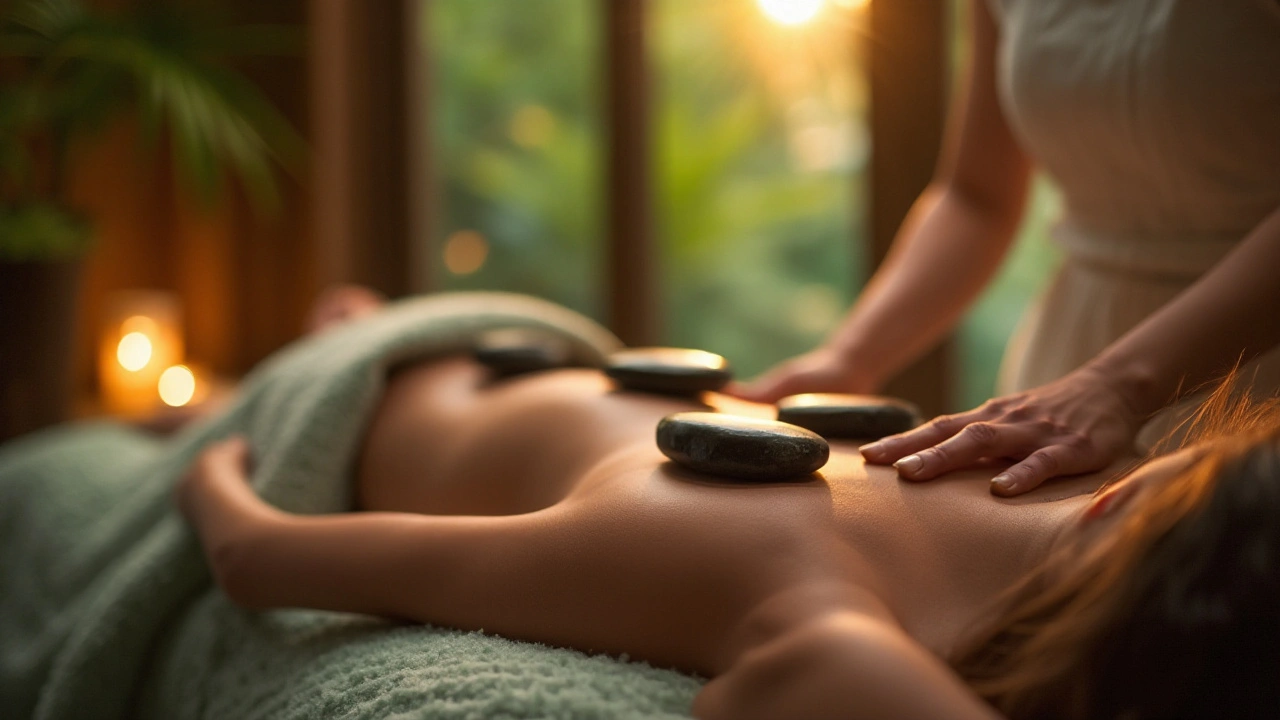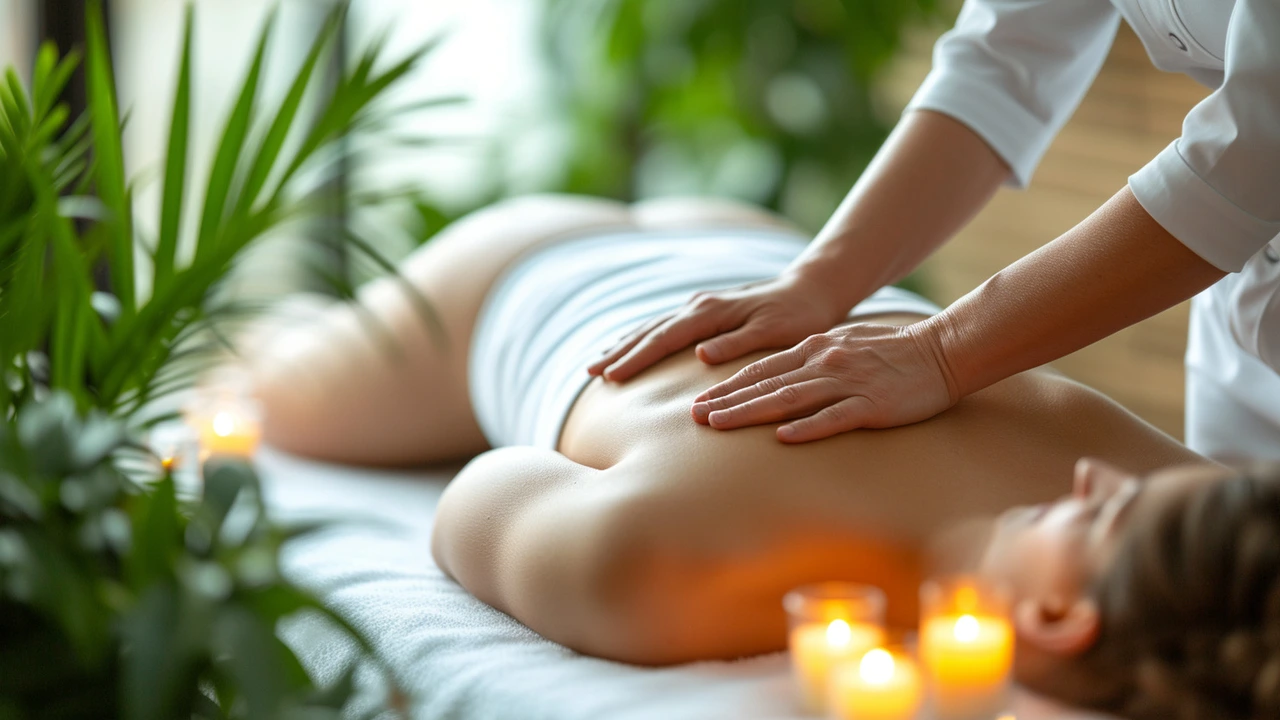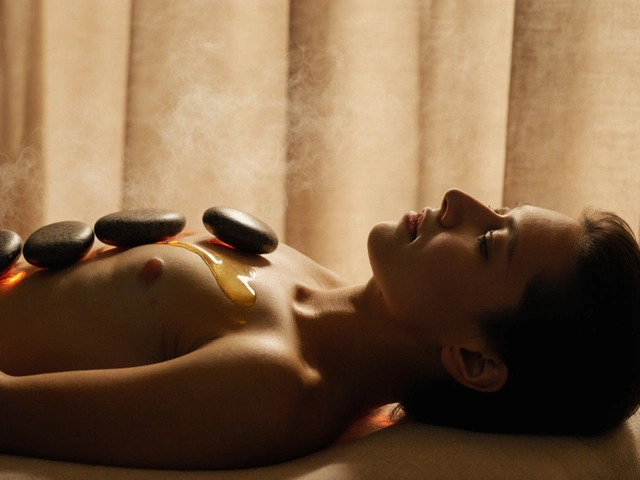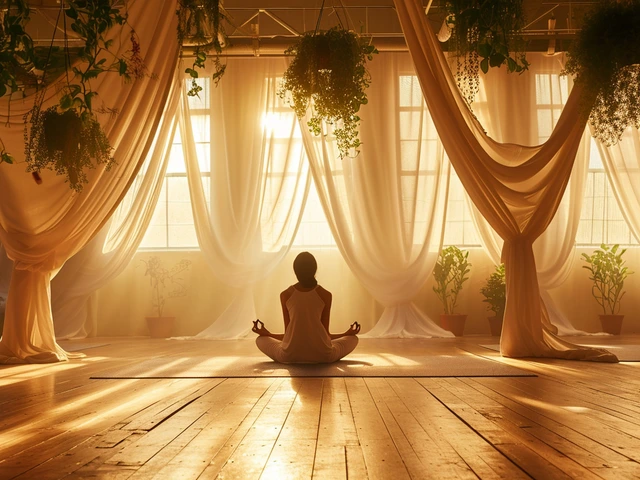Holistic approach to massage: pick what actually helps you
What if the next step for your pain or stress isn't a stronger pill but a different way of working with your body? A holistic approach looks at movement, breath, touch, and daily habits together. It doesn’t promise miracles, but it often gives steady, real change where single treatments fail.
Start by matching the method to your need. For posture and alignment problems, Hellerwork and Rolfing focus on structural integration—longer sessions that aim to change how your body holds itself. If you want gentle, pain-focused work, Ortho-Bionomy and Feldenkrais use subtle movement and awareness to let the body reset without force. For cultural, ritual, or relaxation needs, try Hilot, Lomi Lomi, or Kahuna; they blend touch with tradition and can feel deeply restorative.
What to expect in a session
Sessions differ a lot. Structural work often starts with a chat about history and goals, then hands-on work that might feel intense but releases long-standing patterns. Somatic methods like Feldenkrais feel more like guided movement lessons than massage. Energy or touch-based methods—acupressure, polarity therapy, healing touch—can include breathing, light pressure, and time for quiet. Palliative and blind massage emphasize comfort, presence, and skilled touch tailored to vulnerability.
Ask your therapist: how many sessions do they recommend, and what should change between sessions? A good practitioner gives clear follow-up tips—home stretches, breathing cues, or movement habits to reinforce progress.
Simple ways to use a holistic approach at home
You don’t need to book a retreat to start. Small habits add up: short mindful movement sessions from Feldenkrais or bioenergetics, targeted self-acupressure for headaches, or warm stone routines for winter mood. If you sit all day, try a five-minute mobility routine focused on the hips and thoracic spine after a break. For chronic pain, gentle Ortho-Bionomy-style movements at home can reduce guarding and improve comfort.
Choosing a therapist matters. Look for someone who listens to your daily life, not just your symptoms. Check training and ask about session structure. If you have a medical issue—scoliosis, recent surgery, or serious illness—tell them up front so they can adapt techniques or coordinate with your doctor.
Finally, mix and match. A massage for stress, acupressure for headaches, and a few Feldenkrais lessons for movement awareness can be far more effective together than repeating the same single treatment. Holistic is about practical combinations that fit your life, not fancy labels.
Want suggestions based on a specific problem—back pain, anxiety, or limited mobility? Tell me which one and I’ll point you to the therapies on this site that fit best.

Exploring Stone Therapy: Natural Healing Techniques and Benefits
Stone therapy is an ancient form of treatment that uses stones to promote relaxation and healing. This holistic method, often characterized by the use of hot or cold stones, is believed to help with physical ailments and emotional wellbeing. The article delves into the history and principles of stone therapy, explains its therapeutic benefits, and offers guidance on incorporating it into a wellness routine. It also provides insightful tips for those considering this natural approach to health.

Ortho-Bionomy: A Journey towards Pain-Free Living
I want to share my journey with you about living a pain-free life through Ortho-Bionomy. This is a holistic approach that's been a game changer for me, helping me understand my body better and relieving ongoing discomfort. It's not just about treatment, but the harmonious connection between the body, mind, and spirit. Join me as we explore the wonders of Ortho-Bionomy for a healthier, more comfortable lifestyle.
Categories
- Health and Wellness (148)
- Alternative Therapies (86)
- Massage Therapy (40)
- Travel and Culture (15)
- Beauty and Skincare (9)
- Holistic Health (8)
- Health and Fitness (5)
- Spirituality (5)
- Other (2)
- Personal Development (2)



